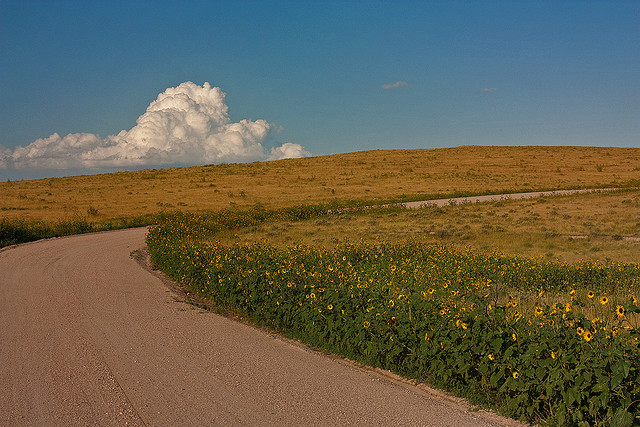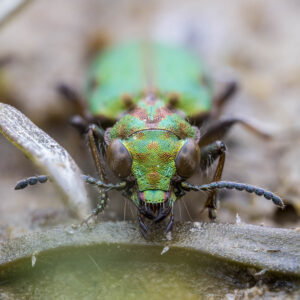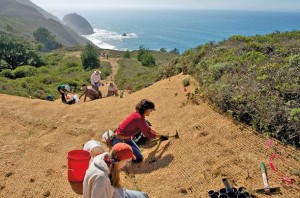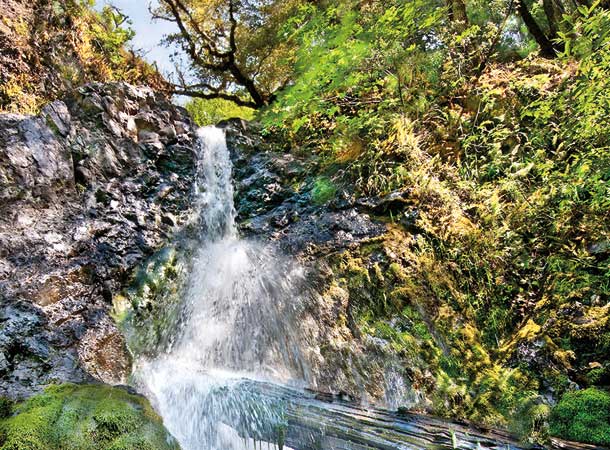My current beach reading has the usual ingredients: a steamy love triangle, a pitched battle between mortal enemies, and colorful characters cavorting in exotic locales. This is no dime-store novel, though, but an homage to the North American prairie entitled Prairie Spring (2009), and the only sand to be found in it is in prairie dog burrows. It profiles hard-working farmers and ranchers and the lesser prairie chicken. The heroes of this tale? Park rangers and the federal grasslands they work to protect.

The grasslands themselves are a hardy lot, weathering periodic drought and fire and other insults, mainly because of one very special trait. (I’ll let you read the book to find out what that is!) There’s a host of supporting characters, too, including millions of evening primrose blossoms that bloom white, then pink, and fade practically overnight.
Thanks to this book, I have newfound respect for the prairie dog. This foot-tall rodent is responsible for a vast network of burrows – or “towns” – that provide shelter and nesting grounds to fellow residents like the black-footed ferret, the swift fox, and the mountain plover, which likes to lay its eggs in the towns’ mounds of dirt. Yet this ecosystem stalwart spends its life staring down the barrel of farmers’ shotguns! Prairie dogs have been a regular target of eradication since the land was first tilled in the 1800s. Numbers used to be up to 5 billion and now are down 98%, limited mainly to preserves like the Pawnee National Grassland in Colorado.
When I finish this delightful travelogue, it’s comforting to know I can turn to Bay Nature’s articles on our own coastal prairies like the protected area within Sonoma County’s Bohemia Ecological Preserve. Like their High Plains cousins, our prairies are also critically threatened and underappreciated. They’re some of the most biologically diverse habitats on our planet, and they deserve greater respect. I can also read about the Jepson Prairie, a rare and precious seasonal wetland in Solano County that boasts incredible wildflower displays and whose vernal pools host tiny otherworldly fairy shrimp a few months out of the year.
And now, back to my summer reading!






